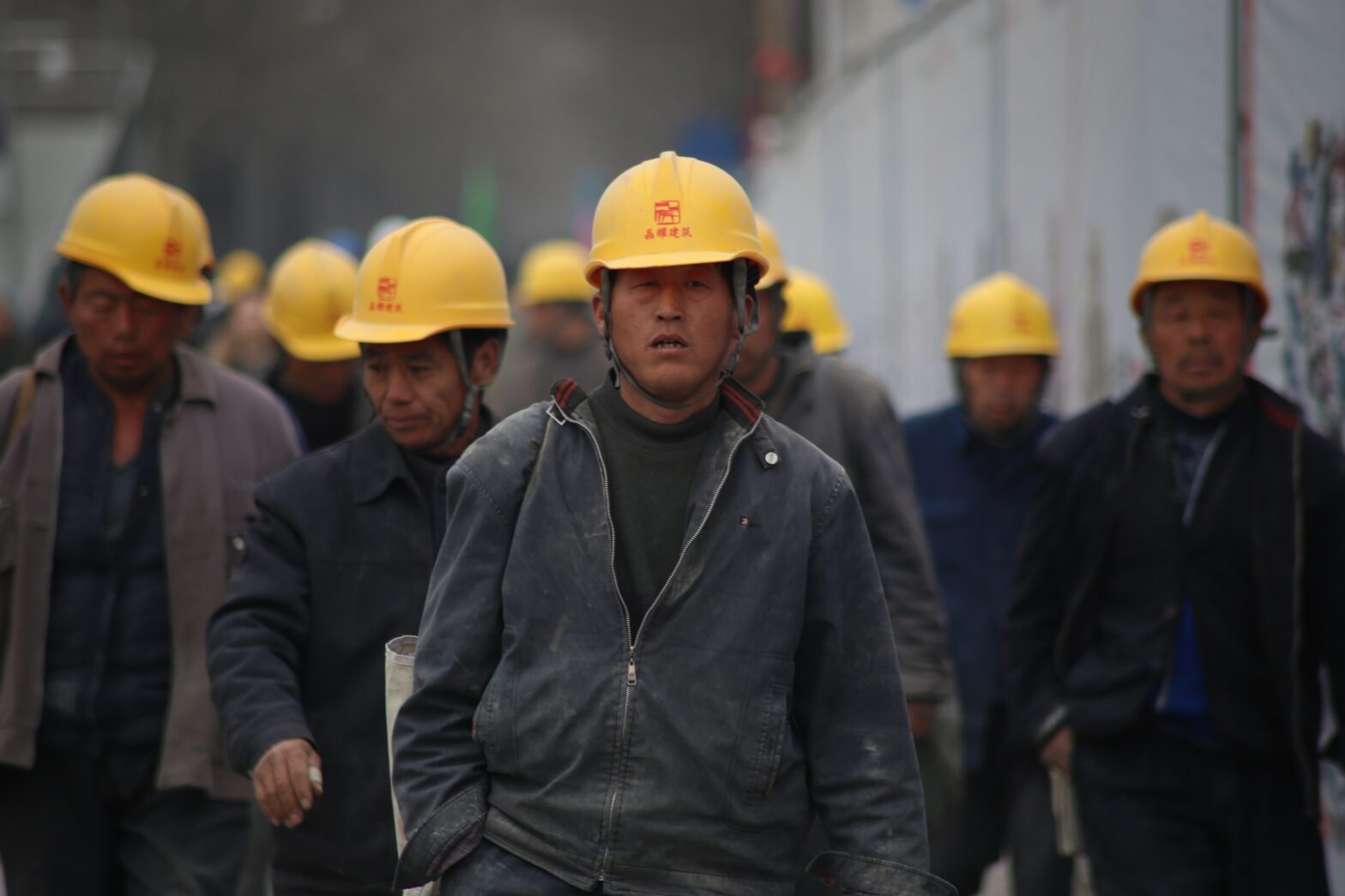October 30, 2015
CERTIFICATION
The certification of a union as the exclusive bargaining agent for employees marks a fundamental change in the employer-employee relationship. As a unionized employer you are no longer at liberty to negotiate individually with your employees concerning the terms and conditions of employment. These terms and conditions will be enshrined in a collective agreement, which operates as a binding contract between the employer and the union, on behalf of the employees.
Common questions posed by both employers and employees are, “What support does a union need in order to file a successful application for certification?” and “How does the union demonstrate that support?”
In short, if a union can demonstrate that at least 45 per cent of the employees in a proposed bargaining unit are in favour of being represented by that union, then it may apply to the Labour Relations Board (LRB) to be certified to represent that bargaining unit. The union will record this support by asking employees to sign membership cards. But this is just the first step.
The board will order that a secret ballot vote be conducted only if membership cards show support of at least 45 per cent of the unit. This vote must be conducted within 5 business days of the application for certification. The board may order that another representation vote be conducted if fewer than 55 per cent of employees in a unit cast votes in the initial ballot.
The application will proceed to a hearing before the board very quickly, usually within seven days of the application for certification.
Decisions are usually made promptly. The decision will be either to dismiss the application, or order that the vote be counted. During the hearing, which is normally brief and very straightforward, the board will pose three questions:
- Is the applicant a trade union as defined in the Labour Relations Code?
- Is the group of employees an appropriate unit for collective bargaining?
- Does the applicant trade union have the necessary membership support for a vote to be held?
If the answer to each of these three questions is yes, the board will order that the secret ballot representation vote be counted. If the majority of valid votes cast are in favour of the union, then the board will certify the union as the exclusive bargaining agent for employees in the unit.
EFFECT OF CERTIFICATION
Once the union is certified, either you or the union can serve notice to begin collective bargaining. Within 10 days of the notice, “good faith” bargaining must begin. Good faith bargaining means that both sides enter into genuine negotiations with the other side and make a sincere effort to reach a collective agreement.
Furthermore, for at least 12 months or until a collective agreement is reached (whichever is sooner), you are prohibited from changing wages or terms or conditions of employment, without written permission from the LRB.
FURTHER RESOURCES CONCERNING THE CERTIFICATION PROCESS
The board provides a series of online resources which discuss the certification process in much greater detail. You are encouraged to examine these resources carefully by visiting the following sites:
Guide to the Labour Relations Code – Chapter 4 – Certification Process
Labour Relations Board – The Trade Union Certification Process
Labour Relations Board – Questions & Answers for Employees Regarding the Certification/Decertification Process
Labour Relations Board – Employer’s Guide to the Union Certification Process
There are many issues that may lead to disputes in the certification process. Should you find yourself facing an application for certification, you are strongly encouraged to seek legal advice immediately in order to sort through such issues. However, becoming generally familiar with the certification process in advance of an application for certification is a useful first step in conducting yourself appropriately and within the law.
DECERTIFICATION
The LRB may cancel a certification, at any time, in circumstances where the board becomes satisfied that:
- the trade union has ceased to be a trade union;
- the employer has ceased to be an employer;
- the union has abandoned its bargaining rights; or
- employees in the bargaining unit demonstrate sufficient support for decertification.
In this last case, the employees must submit to the board an application for decertification. Such applications cannot be filed until at least 12 months after the date of certification. This restriction provides the new union with a fair opportunity to demonstrate its ability to represent the bargaining unit.
Where at least 45 percent of the employees in the bargaining unit sign forms in support of decertification, a secret-ballot vote will be held within five business days of the application. For the decertification application to be successful, the majority of votes cast must be in favour of decertification. Like an application for certification, if fewer than 55 per cent of the eligible employees cast ballots in a decertification vote, the board may require another vote.
Note that employers cannot initiate or assist employees in a decertification application. Where the board finds improper interference by the employer or another person, it can refuse to count a vote and dismiss the application for decertification.
Once again, the decertification process can lead to a variety of complex disputes, so it is generally a good idea to seek legal advice if you find yourself in the middle of a decertification campaign.
Information provided by Ryan Anderson, an employment lawyer with Mathews Dinsdale & Clark LLP. The information provided in this article is necessarily of a general nature and must not be regarded as legal advice. For more information about Mathews Dinsdale & Clark LLP, please visit mathewsdinsdale.com.
go2HR is BC’s tourism and hospitality, human resources and health & safety association, driving strong workforces and safe workplaces that deliver world-class tourism and hospitality experiences in British Columbia. Follow us on LinkedIn or reach out to our team.
Return to top

